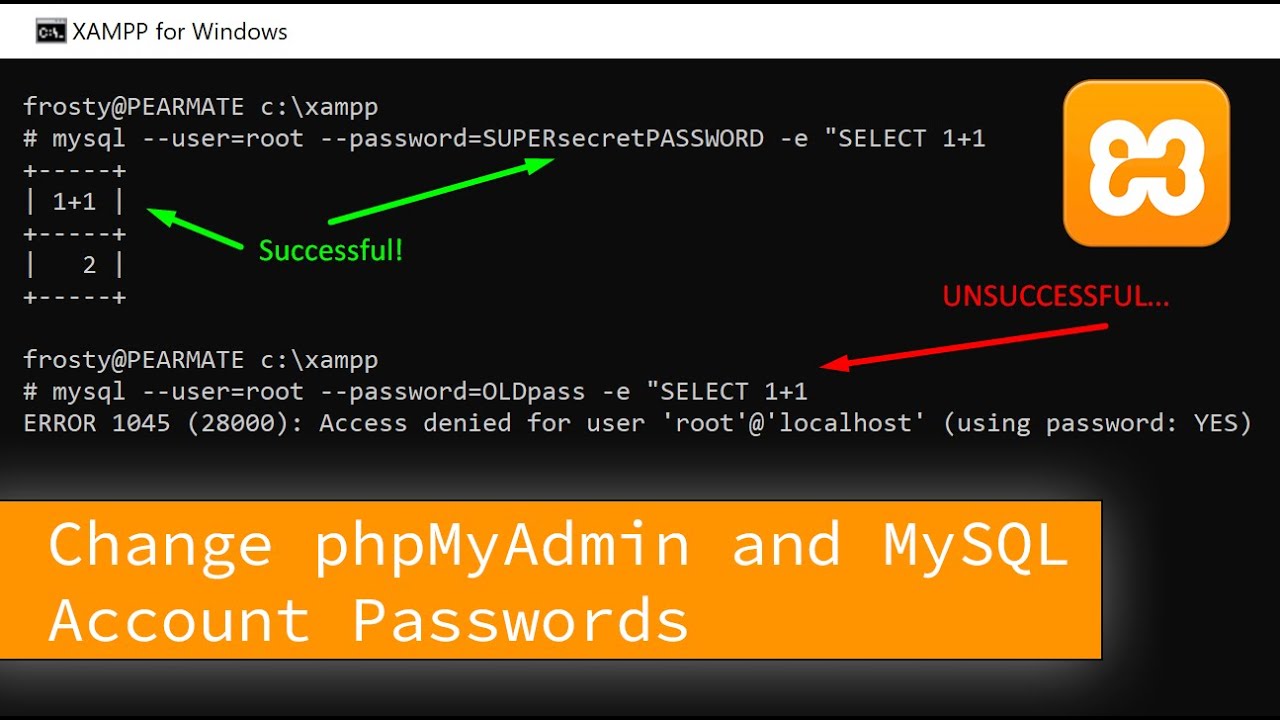

Find the MySQL service in the list, right-click it, and choose the Properties option. The appropriate -defaults-file setting can be found using the Services Manager: From the Start menu, select Control Panel, then Administrative Tools, then Services. defaults-file="C:\\Program Files\\MySQL\\MySQL Server 5.5\\my.ini" If you installed MySQL using the MySQL Installation Wizard, you may need to specify a -defaults-file option: C:\> "C:\Program Files\MySQL\MySQL Server 5.5\bin\mysqld.exe" You can also add the -console option to the command if you want server output to appear in the console window rather than in a log file. Enter your current password to complete the login. The -p flag makes MySQL prompt for a password. It specifies the root user with the -u flag.

The server executes the contents of the file named by the -init-file option at startup, changing each root account password. Open a terminal to access the MySQL server from the command line using the following command. If you installed MySQL to a location other than C:\mysql, adjust the command accordingly.
Centos 7 cli mysql change user password how to#
Start the MySQL server with the special -init-file option (notice that the backslash in the option value is doubled): C:\> C:\mysql\bin\mysqld -init-file=C:\\mysql-init.txt Here a little bit twist with mysql-community-server 5.7 I share some steps, how to reset mysql5.7 root password or set password. Open a console window to get to the command prompt: From the Start menu, select Run, then enter cmd as the command to be run. For this example, the file will be named C:\mysql-init.txt.
Centos 7 cli mysql change user password update#
The UPDATE statement resets the password for all root accounts, and the FLUSH statement tells the server to reload the grant tables into memory so that it notices the password change. Write the UPDATE and FLUSH statements each on a single line. UPDATE er SET Password=PASSWORD('MyNewPass') WHERE User='root' Replace the password with the password that you want to use. If your server is not running as a service, you may need to useĬreate a text file containing the following statements. Running as a Windows service, go to the Services manager:įrom the Start menu, select Control Panel, thenĪdministrative Tools, then Services. Make sure you change the mysqld path to point to where you have installed MySql Server, for me it was "C:\Program Files\mysql\MySQL Server 5.6\bin\mysqld.exe": This helped me on Windows with MySQL Server 5.6.


 0 kommentar(er)
0 kommentar(er)
